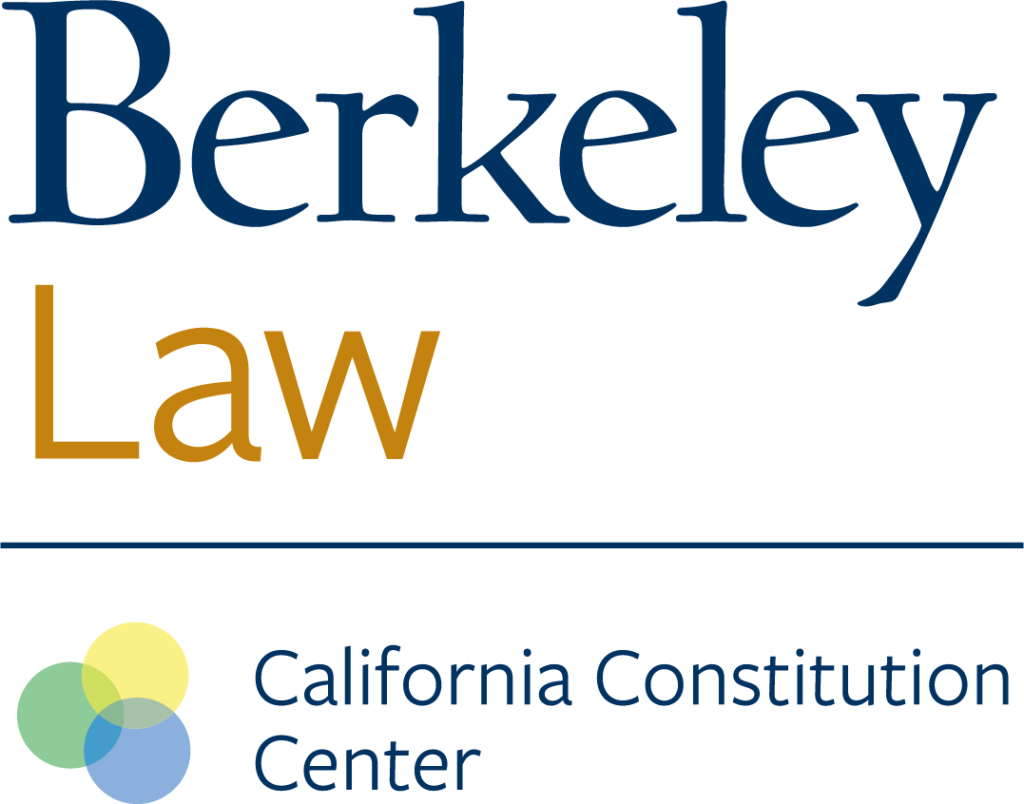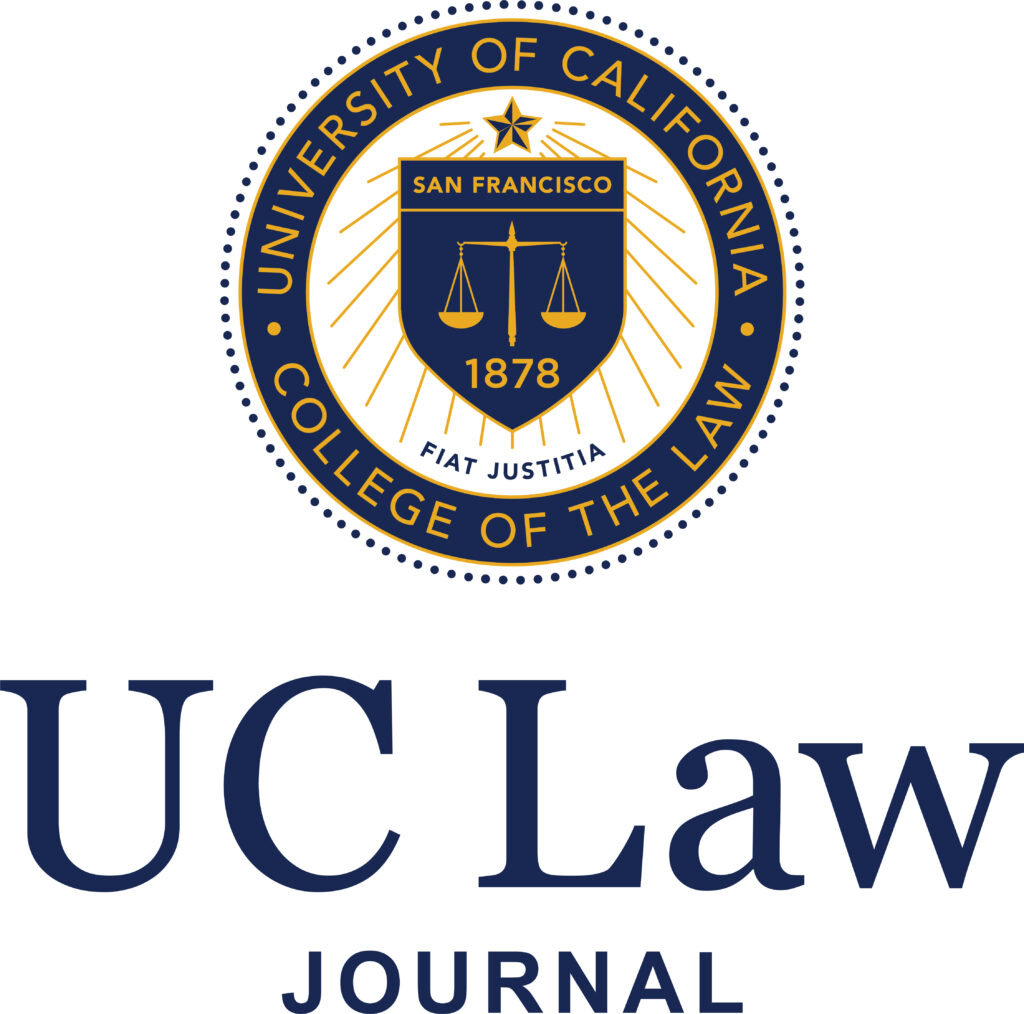Some Thoughts on California’s Fiscal Constitution
The California Supreme Court currently has at least two cases relating to California’s fiscal constitution on its current docket;[1] two were decided this summer.[2] The phrase “fiscal constitution” is a term of art that designates all the many provisions of the constitution that dictate how governments can raise and spend money. The fiscal constitution of the federal government is very sparse. The fiscal constitution of the state of California is enormously lengthy and complicated. Many of its provisions date to 1879 and are contained in the thirty-six sections of Article XIII, but also see the twenty-three sections of Article XVI. Proposition 13—the proposition that limited property taxes and made numerous other changes—added Article XIIIA. Proposition 4, passed in 1979 in order to advance the “spirit of Proposition 13,” added Article XIIIB. Proposition 218, passed by the voters in 1996 and also seeking to backstop Prop 13, added Articles XIIIC and XIIID. Proposition 26, passed by the voters in 2010, and also meant to backstop Proposition 13, amended Articles XIIIA and XIIIC.
Given the volume, complexity and relative recentness of some of these propositions, it is certain that the California Supreme Court will grapple with many more cases involving California’s fiscal constitution. These cases are enormously consequential, as they directly implicate how California and its local governments can fund not only basic governmental services, but also price the use of natural resources, such as water. Despite the importance of the topic, there has not been much scholarly attention devoted to how to interpret state fiscal constitutions (and, yes, other states do have law similar to those in California, though none so far as I know has a set of overlapping laws quite so challenging). A lot has been written about whether the provisions are wise policy and/or achieve their goals, but these valuable normative and empirical discussions are of little use when it comes to giving direction to courts grappling with what the provisions before them mean.
This neglect would perhaps be justified if there were no broader perspective to be taken on these provisions. It could be that each court in each state is on its own to do the best job it can given using a combination of the usual exegetical tools—some mixture of text, history, and purpose. In an article forthcoming in the Rutgers University Law Review, I argue that such an ad hoc approach is not justified.[3] In the rest of this post, I will briefly summarize my argument and add some specific reasons why California’s fiscal constitution should be approached in the manner I sketch out.
The specific issue I consider is the distinction between taxes and fees. The fiscal constitutions of California, like that of many states, limit the ability of governments to raise taxes. These same constitutions typically do not impose similar limits on the ability of governments to impose a fee, say a building permit fee. But what if a locality chose to levy a gigantic building permit fee and used the proceeds to fund general services? Such a fee would—and should—be considered a “hidden tax” and thus subject to the same limitations as ordinary taxes.
But how high is too high when it comes to fees? In many cases—say fees for water use—the fees must be set high enough to fund major capital expenditures or there will not be a water system to provide water. And do we think higher fees for excessive use of water should be construed to be a constitutional problem? This seems indicated by these provisions because the marginal cost of the additional water is no higher for an excessive user. Yet if tiered pricing meant to encourage conservation is a problem, then there might not be any water left in the water system. What about basic service for poorer users at a discount; does not the provision of such a service mean that other ratepayers are paying too much? But if poorer users would not use the service at all if charged market rates, why might it not be perfectly rational to charge them less if the marginal cost of the additional services was very low? Do we think that airplane passengers who pay full price are subsidizing a customer who pays less for an empty seat on a plane that is about to leave?
Courts are not well situated to answer these questions, but in some states[4]—not yet California[5]—the courts seem to have taken the position that the constitutional distinction between taxes and fees leaves them no choice but to undertake searching substantive review of the fees set by state and local governments. But there is another—better—way, namely for courts primarily to engage in procedural review of the ratemaking process. Such review has real teeth and is well within judicial competence. Most importantly, as I argue, requiring such review is actually a better interpretation of these fiscal provisions.
In general, procedural review is a better interpretation of the provisions of state fiscal constitutions because such review was the norm of the preexisting common law of public finance. In fact, modern administrative law, with its emphasis on procedural review, largely grew out of a critical response to the U.S. Supreme Court’s undertaking substantive review of rates set by an expert agency.
Courts properly presume that preexisting common law was known to the proponents of a proposition; courts also presume that terms that had a meaning under the preexisting common law retain that meaning when they become codified unless there is some explicit evidence to the contrary. These presumptions—canons—are proper because assuming knowledge of the preexisting law is consistent with the rule of law value of predictability.
California’s fiscal constitution is particularly amenable to a procedural interpretation for several reasons. First, the California courts regularly apply the relevant canons of interpretation, such as that proponents are presumed to have knowledge of the law.[6] Second, the key provisions of California’s fiscal constitution explicitly embrace whole phrases of the preexisting common law.[7] Third, California’s fiscal constitution manifests a great deal of explicit concern with following proper procedures.[8] This includes shifting the burden of proof to the government.[9]
To be sure, it could be that California’s fiscal constitution imposes lengthy procedures, a burden shift, and heightened substantive review. But there is no explicit evidence of such and thus I argue that the application of appropriate canons and analytic superiority should move the court to a procedural interpretation.
As the cases come down, I plan to check back in and offer some assessments of where we are and where we might go.
[1] City of San Buenaventura v. United Water Conservation Dist., (2015)185 Cal. Rptr. 3d 207, review granted and opinion superseded June 24, 2015; Citizens for Fair REU Rates v. City of Redding, (2015) 233 Cal. App. 4th 402, review granted and opinion superseded Apr. 29, 2015.
[2] California Cannabis Coalition v. City of Upland, (2017) 3 Cal. 5th 924; Jacks v. City of Santa Barbara, (2017) 3 Cal. 5th 248.
[3] Shanske, Darien, Interpreting State Fiscal Constitutions: A Modest Proposal (June 19, 2017). Rutgers L. Rev., forthcoming. Available at SSRN: https://ssrn.com/abstract=2989313.
[4] Yes I am looking at you Michigan and Missouri. See Zweig v. Metro. St. Louis Sewer Dist., (2013) 412 S.W.3d 223; Bolt v. City of Lansing, (1998) 587 N.W.2d 264.
[5] More or less. See Silicon Valley Taxpayers Ass’n, Inc. v. Santa Clara Cty. Open Space Auth., (2008) 187 P.3d 37 (imposing a de novo standard of review).
[6] In re Harris, (1989) 775 P.2d 1057, 1060 (en banc) (“[T]he voters who enact [an initiative] may be deemed to be aware of the judicial construction of the law that served as its source.”).
[7] See the emphasis on “reasonableness” in Cal. Const. art. XIIIC § 1(e).
[8] See e.g., Cal. Const., art. XIIID, § 6.
[9] See, e.g., Cal. Const., art. XIIIC, § 1(e) (flush language).





